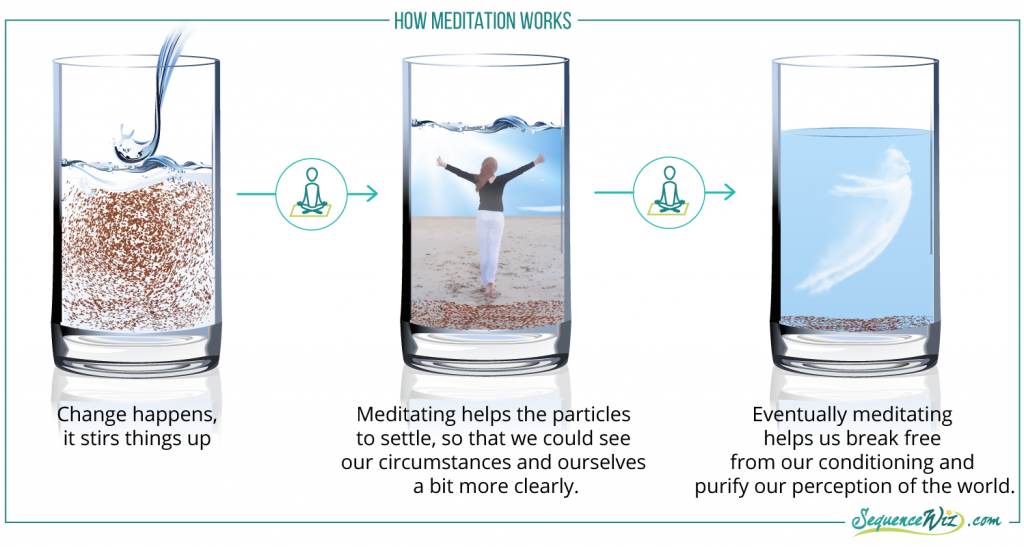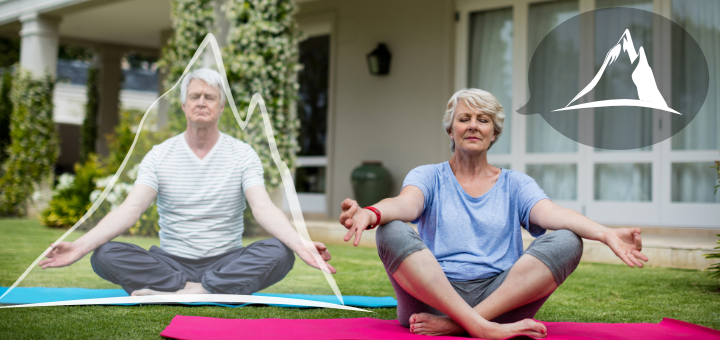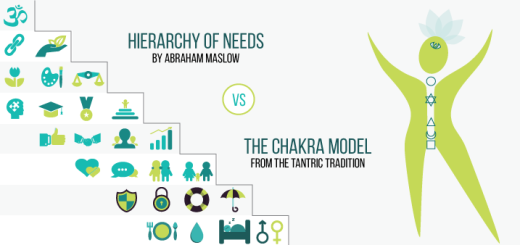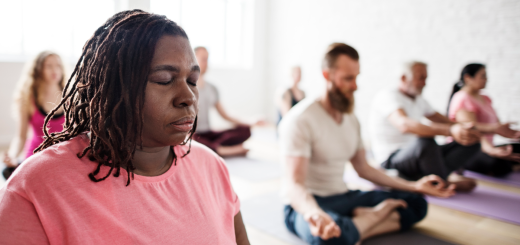Two main ways to change your mental state
4I find it curious that Patanjali in his Yoga Sutras does not explicitly distinguish between thoughts and emotions. The text calls all mental processes “fluctuations” and states that the main goal of yoga is to settle those (Sutra 1.2 Yogah chitta-vrtti-nirodhah). In fact, the word “vrtti” that is usually translated as “fluctuations”, “modifications” or “disturbances” of the mind actually comes from the root that means “to rotate” (you might also recognize it in the name of the supine twist, Jathara Parivrtti). So “chitta vrtti” would be more accurately described as a mental vortex that keeps spinning. We can also call it the monkey mind, mental chatter, and so on. But I like the image of the vortex because I think that it accurately describes how the thoughts or emotional responses can suck you in.
The main goal of yoga is to control and direct that mental vortex, so that when the dust settles you can see yourself for who you really are and the reality for what it is. The main tool to do that is meditation.
Yoga has its own rich meditation tradition with different techniques and strategies that serve different purposes. But when you want to change your mental state right then and there, I believe that there are two main ways to approach it. I call them the “observe” approach and the “embody” approach.
In the “observe” approach, you reflect on a specific issue that is relevant to you right now. For example, if you are constantly feeling mildly irritated, you can explore that feeling in your meditation and ponder where this feeling is coming from. Here you attempt to become an impartial observer of your thought patterns and/or emotions, focus on them and see what comes up. You can call it a “step-out” approach, because you are symbolically stepping out of your experience and looking at it from the outside. For example, in this yoga practice we imagine putting your current problem on a display stand in a museum and looking at it from different angles.
In the “embody” approach, instead of reflecting on the topic directly, you use images, gestures, sounds, etc. to symbolically manifest an idea or move your energy a certain way. You can ground, expand, connect and empower yourself, cultivate your inner fierceness, or do whatever else you want to do. Here you try to embody a certain quality and by doing that, change the way you think and feel. You can call it a “step-in” approach, because you symbolically step into your current state and then do actual body movements and envision things that manifest a different state, the one that you are trying to move toward. For example, in this practice we try to embody the feeling of fierceness – what would it feel like in your body and mind to be fierce?
Personally, I generally prefer the “embody” approach. I find that reflecting on the topic directly tends to keep me in my head instead of my body. It is very easy to start spinning in the same mental circles or imagining random explanations for my current state. For me, the “embody” approach is more effective and often produces some unexpected and thrilling insights, even if I am not pondering the issue directly. You can also effectively combine those approaches. Which approach works best for you?
Next week we will outline the basic steps you can take to create a short potent yoga practice to change your mental state with the “embody” approach. We will use it as template to create a practice for dealing with strong emotions – tune in!
[jetpack_subscription_form]






















Olga
I am so happy with this post. Thank you very much
It has been a while I was thinking to begin meditating. But still postponing though very anxious to discovering it.
Well said Olga! Liked the different perspective…
I appreciate the outline of the two approaches. I use a combo. During the day, I find the ‘impartial observer’ to be helpful and then I try to bring my observations to my asana practice and use the embody approach to bring it all together.
Thank you for sharing Amy! That makes total sense.